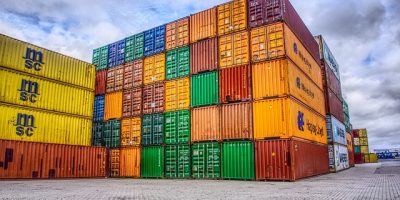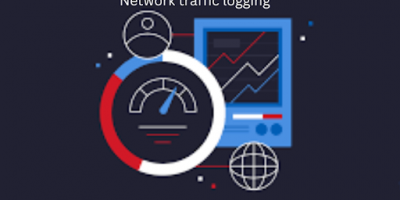Network traffic prioritization
Network traffic prioritization is optimizing the use of a network’s resources by assigning a specific level of importance to different types of data traffic. It helps ensure that mission-critical applications and services get the resources they need by prioritizing their traffic over that of less essential applications.
Network traffic prioritization is also known as CoS (class of service) because traffic is classified as high, medium, or low (gold, silver, or bronze), and the lower the priority, the more “drop eligible” a packet is.
E-mail and Web traffic are frequently categorized as the worst. When the network becomes congested, the packets in the lowest categories are dropped first.
Network traffic prioritization is used in various networks, including enterprise networks, data centers, and cloud networks. It helps improve network performance by allowing admins to designate certain types of network traffic as more critical than others.
For example, a network admin may prioritize essential business applications and services over recreational activities like streaming video or gaming.
Network traffic prioritization can be implemented in a variety of ways. One of the most common methods is Quality of Service (QoS) tagging, which allows network admins to designate a particular priority level to specific types of network traffic. QoS tags are used to classify traffic such as “critical,” “important,” “standard,” or “low priority.”
Other methods of network traffic prioritization can include rate limiting, which limits the amount of bandwidth available to certain types of traffic. This can help conserve bandwidth for essential applications and services.
Traffic shaping can also prioritize certain types of traffic by delaying or reordering data packets.
Benefits of Network traffic prioritization
Network traffic prioritization can also be used to help control network congestion. When a network is congested, packets of data may take longer than usual to reach their destination.
By assigning higher priority to certain types of traffic, network admins can help ensure that essential applications and services get the resources they need to operate effectively.
Network traffic prioritization is an essential tool for improving network performance. By assigning the appropriate levels of importance to different types of traffic, network admins can help ensure their network runs as efficiently as possible. This can help improve the user experience and reduce the cost of network operations.
Quality of Service
Quality of Service is one method for monitoring and creating traffic classes (QoS). QoS is measured by considering various but related aspects of network services such as availability, bit rate, jitter, packet loss, throughput, and transmission delay.
Quality of Service (QoS) is a networking mechanism that aids in controlling and prioritizing traffic so that more critical traffic is sent first on the network. This feature contributes to the performance of critical network traffic. QoS is handy in intelligent systems.
It is used in transportation systems to help solidify Signal Controller communication in high-volume local video traffic. It’s also great for prioritizing critical traffic, like VoIP phones for emergency call boxes. Video-on-demand is another common application of QoS.
Internet Protocol television and voice over IP (VoIP) (IPTV). At the routing layer, traffic prioritization and QoS concepts are still used to differentiate traffic types and provide them with the resources they need to ensure the services
There are several ways to prioritize network traffic:
- Set aside bandwidth for mission-critical applications.
- Slow non-critical traffic
- Manage Latency
- Schedule Network Intensive Processes
As networks become more complex and the demands placed on them increase network traffic prioritization becomes even more critical. By implementing the right traffic prioritization strategies, network admins can ensure their networks run as efficiently as possible.
Network traffic prioritization can also help improve security. By designating certain types of traffic as more important than others, network admins can help protect their networks from malicious attacks.
For example, they can prioritize traffic from security systems such as firewalls and intrusion detection systems to ensure that these systems have the resources they need to detect and respond to threats.
Network traffic prioritization is an essential tool for ensuring that networks are running as efficiently as possible.
By assigning the appropriate levels of importance to different types of traffic, network admins can help ensure that their networks are secure and that essential applications and services are getting the needed resources. This can help improve the user experience and reduce the cost of network operations.
Conclusion
You should be able to avoid network congestion and latency by monitoring and prioritizing your network traffic. Contact one of our knowledgeable representatives if you have any questions about optimizing your network.
Users should be able to quickly prioritize their most critical connected devices using their existing router settings if they follow the simple steps outlined above.














Comments